UNLV medical school: What could it mean to Las Vegas?
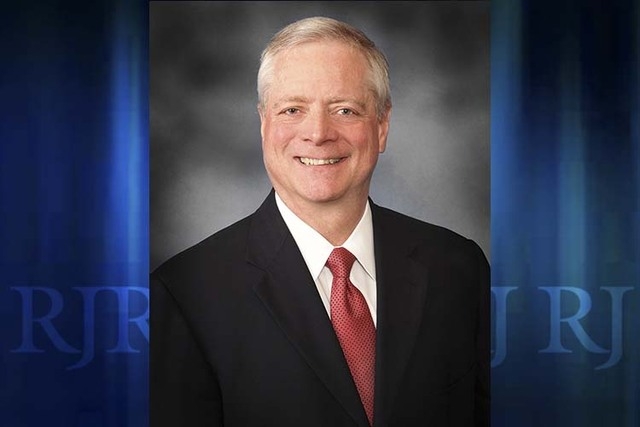
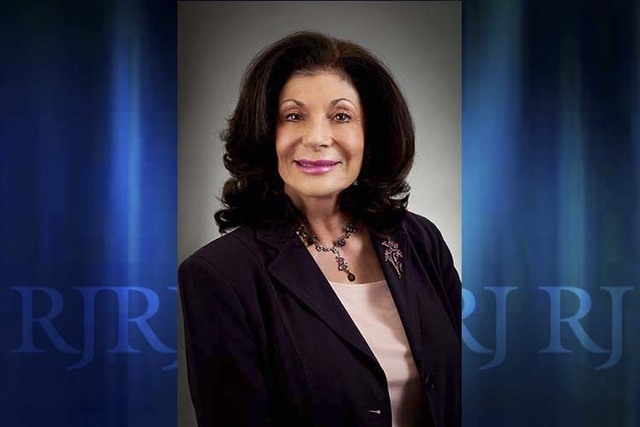
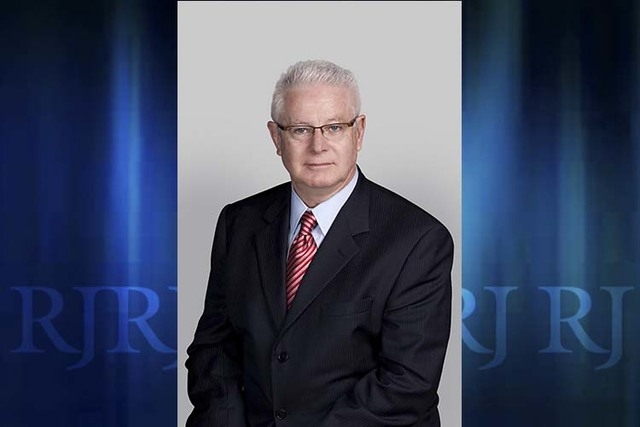
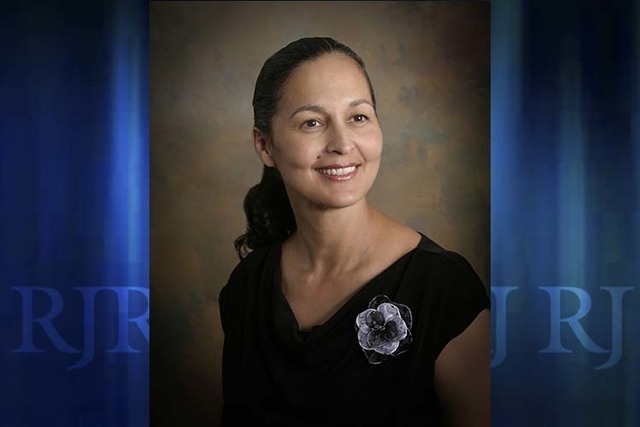
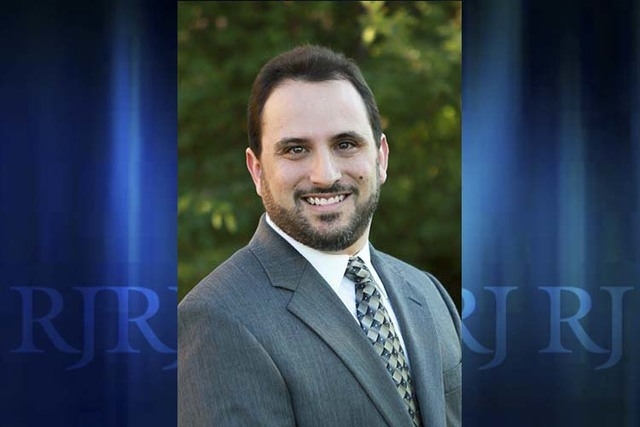
UNLV’s recent decision to make the creation of its medical school its top priority for legislative funding moves what was once a dream closer to reality.
In a Business Press “virtual round table,” a cross-section of stakeholders in the health care community talked about what a UNLV medical school would mean. Each was sent a set of questions. Their responses have been edited for length and clarity.
Sitting at the virtual round table are:
■ Brian Brannman, vice president of operations for Dignity Health Nevada and president/CEO of Dignity Health-St. Rose Dominican, Siena Campus;
■ Shelley Berkley, CEO and senior provost of Touro University Western Division;
■ Dr. Florence Jameson, founder and CEO of Volunteers in Medicine of Southern Nevada;
■ Larry Blumenthal, CFO of Good Night Pediatrics;
■ And Dr. Bard Coats, vice president of clinical operations with HealthCare Partners.
Q: If a UNLV medical school becomes a reality, what will it mean to the level of health care in the market?
Brannman: Las Vegas is the largest community in the United States without a public, four-year allopathic medical school. The impact could be massive if all of the right pieces of the puzzle are put into place. It could mean that more of Nevada’s best and brightest physicians would stay in the state if we can create more graduate medical education programs. It could mean better access to health care for those who cannot truly afford it through low-cost medical clinics staffed by students and medical residents. It could mean more collaboration between medical schools here in southern Nevada. It could help spur economic development and diversification, such as through medical research companies that may want to relocate here to augment the school’s work, or service companies supporting the medical school’s programming and students. We are excited for the prospect of what this medical school could bring to the community, its residents and their health.
Berkley: As Touro University Nevada has demonstrated for the past 10 years, we support partnerships in the community that promote and enhance the quality and access to health care in our community. What is key to the development of the physician workforce is graduate medical education, i.e. residencies. It is important to recognize that physicians must complete an additional three years or more of training after medical school before they can practice. Given that the problem in Nevada is a shortage of physicians, the conversation should focus on residencies. Touro University Nevada is working with partners in the community, including UNLV, to do just that.
Dr. Coats: The advantage of a medical school in a metropolitan area is that medical students permeate throughout the community. This includes medical students rotating in hospitals, clinics and many additional settings where health care services are provided. HealthCare Partners Nevada often utilizes family practice residents from Touro University Nevada, and we have even hired a number of residents from the university. Establishing a new medical school is just the beginning for growing the number of skilled medical professionals in Southern Nevada. Providers often stay and practice in the areas where they train as residents.
Dr. Jameson: A new medical school would hopefully provide volunteer students to help Volunteers in Medicine offer free health care for the uninsured, increasing our ability to serve community members in need. Even after the full implementation of the Affordable Care Act, tens of thousands of Nevadans still need help with accessing health care. A medical school at the University of Nevada, Las Vegas would be a blessing for Southern Nevada.
Q: How far out – how many years – would it be from opening day until the impacts would be felt in the marketplace?
Blumenthal: The impact of the facilities, programs and teaching staff involved in the programs would have an immediate impact. The benefit of local talent graduating from the program would be felt when the first graduating class completes its residency programs.
Dr. Coats: It would likely take approximately five to 10 years after the opening day of a new medical school before we saw a material difference. That includes five years just for students to graduate, and then an additional several years to build residency programs.
Brannman: I believe there will be impact on day one, as it means the community came together to make health care access and quality a priority. It means we committed to make a positive impact on our future. As far as an impact on the marketplace, these students will have to go through four years of medical school, and then hopefully stay here during their residency as well. Once that first class of students has completed both their studies and any residencies or fellowships, things will really start to change.
Berekley: The marketplace is most directly impacted by the creation of residencies and fellowships. Through these programs, there are immediate and positive impacts by faculty who teach the residents and by the residents themselves who provide medical care to patients. As Touro has already demonstrated, in partnership with Valley Hospital Medical Center, we can improve access and quality of care through the creation of residency programs and ensure that the physicians that go through these programs remain in Nevada.
Q: What would it mean to your business organization?
Brannman: I hope for a time when it’s not as difficult to recruit top physicians to our facilities and we can participate more heavily in the graduate medical education piece of the solution. I also look to a future when Las Vegas is known worldwide for its high-caliber health care. It’s a future when people travel from across the globe to receive specialized care here, as well as rest and recuperate afterwards in a city known around the world as the premier entertainment destination. Most of all, I hope this medical school will help us to continue to change peoples’ minds about what this area has to offer medically.
Blumenethal: It would likely mean a greater pool of local physicians to recruit from. This is beneficial not just for our business organization, but for the community as a whole.
Dr. Jameson: A new medical school would serve as an important resource for Volunteers in Medicine of Southern Nevada. The medical school would increase the pool of volunteers to help serve our patients, instilling volunteerism into the hearts of young students aspiring to be of service to those who are underserved. Those are two of our most important goals at Volunteers in Medicine of Southern Nevada.
Dr. Coats: A medical school at the University of Nevada, Las Vegas could serve as a valuable resource for HealthCare Partners. We would be eager to work with those medical students, just as we have with residents from Touro University Nevada who assist us in providing the highest quality of care to our patients. In addition, HealthCare Partners employs a large number of providers across Clark and Nye counties, and we continue to expand our provider network. We often hire providers out of residency programs, and a new medical school would support HealthCare Partners’ efforts to recruit talented medical professionals.
Berkley: Touro University Nevada is celebrating its 10th anniversary in Southern Nevada. As Nevada’s largest medical school and the provider of the state’s only physician assistant studies program, we are dramatically and positively impacting the quality and access to health care in our community. We receive nearly 3,200 applications for 135 medical school positions each year, many of whom are among the top applicants from across the country. As a private, not-for-profit institution, we are addressing the health care needs of Nevada at absolutely no cost to the Nevada taxpayers.












